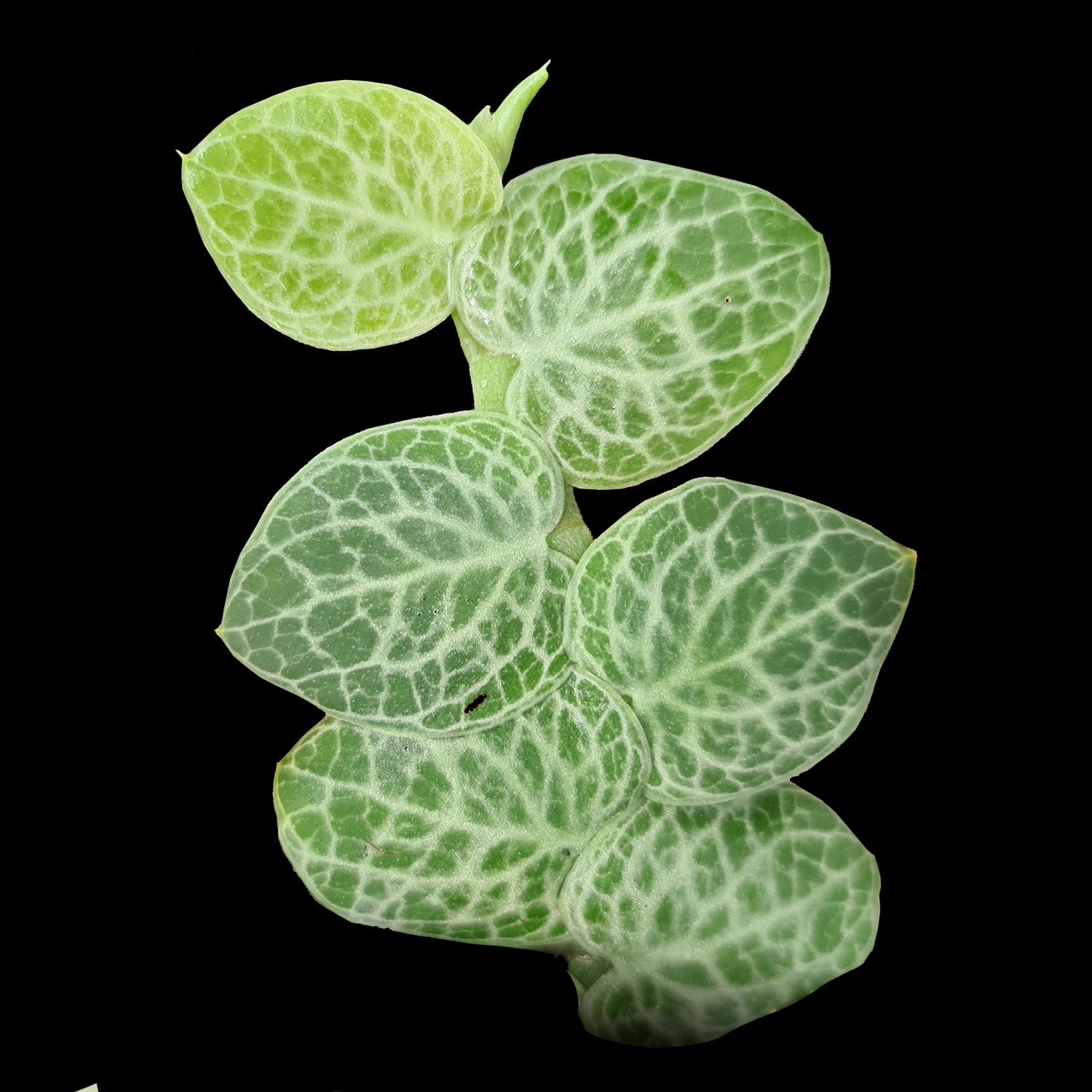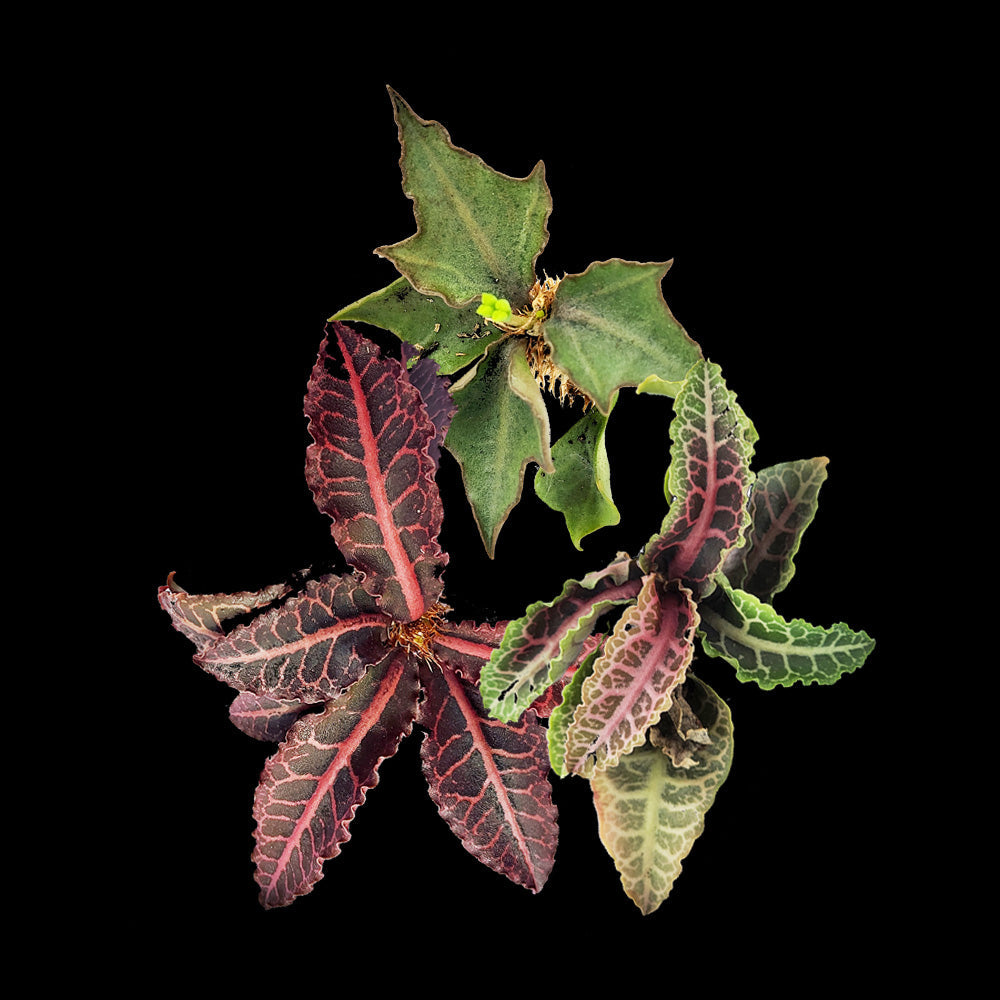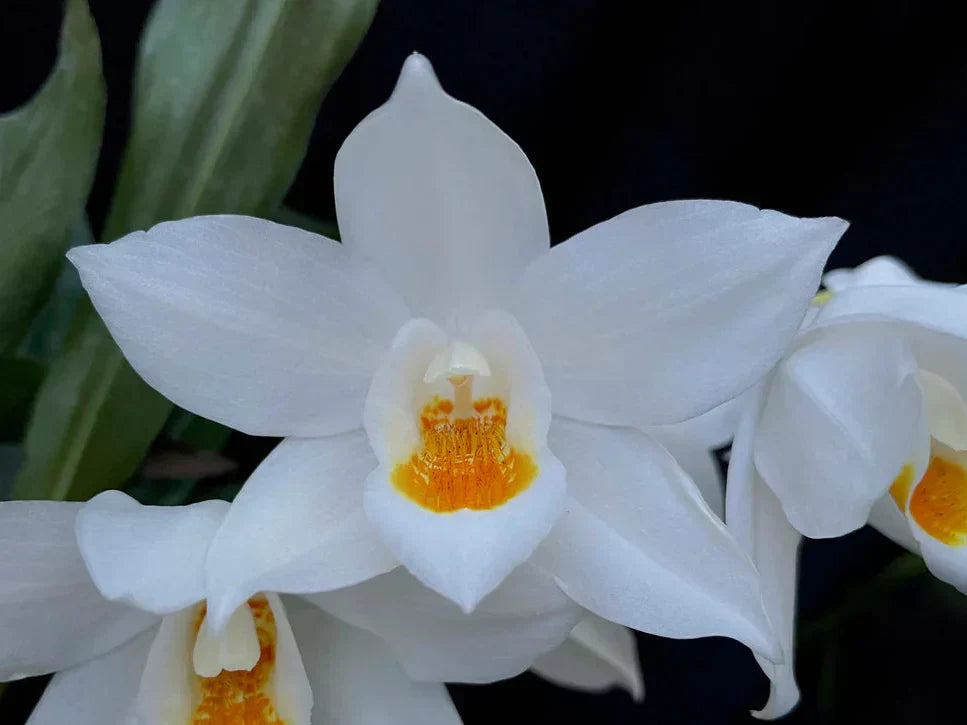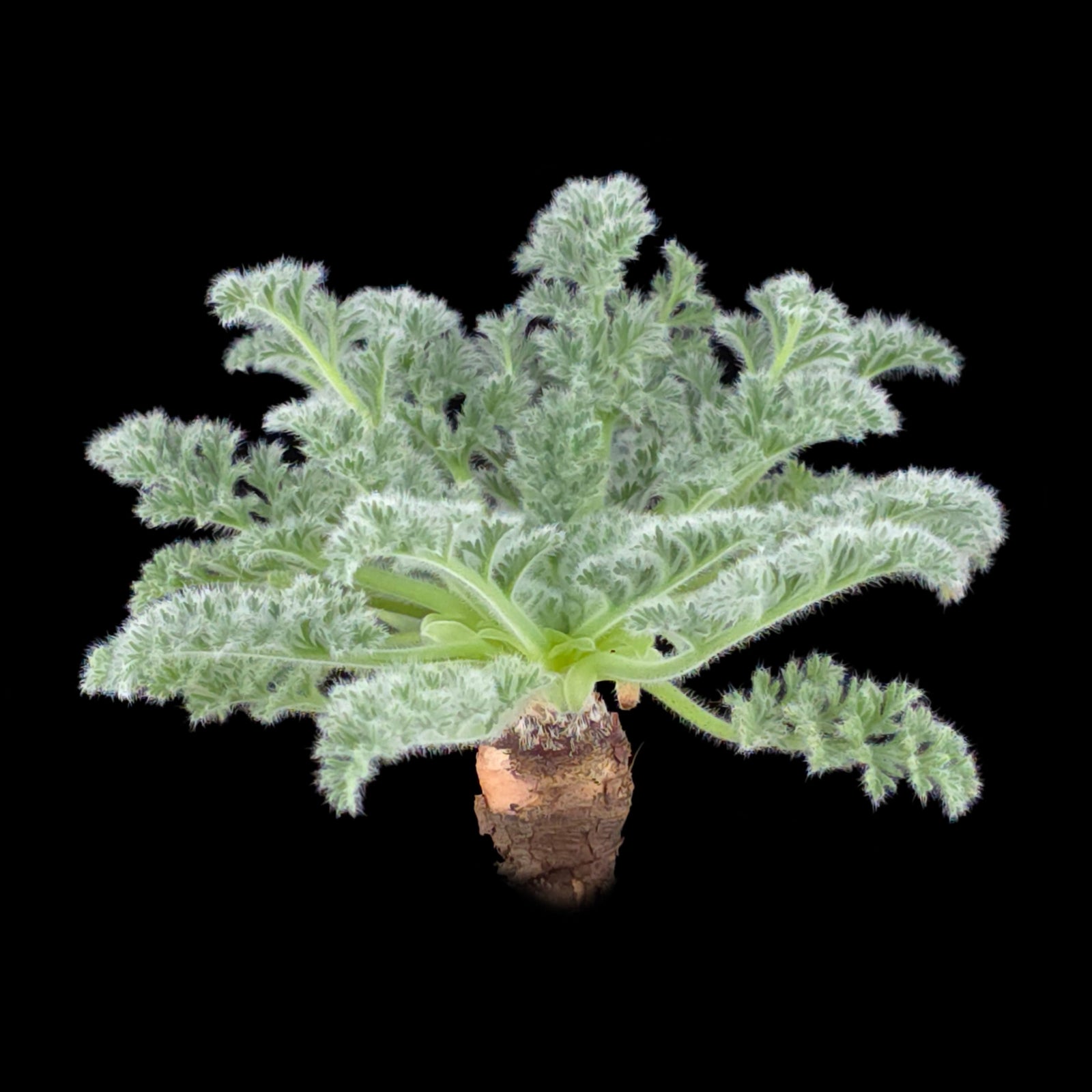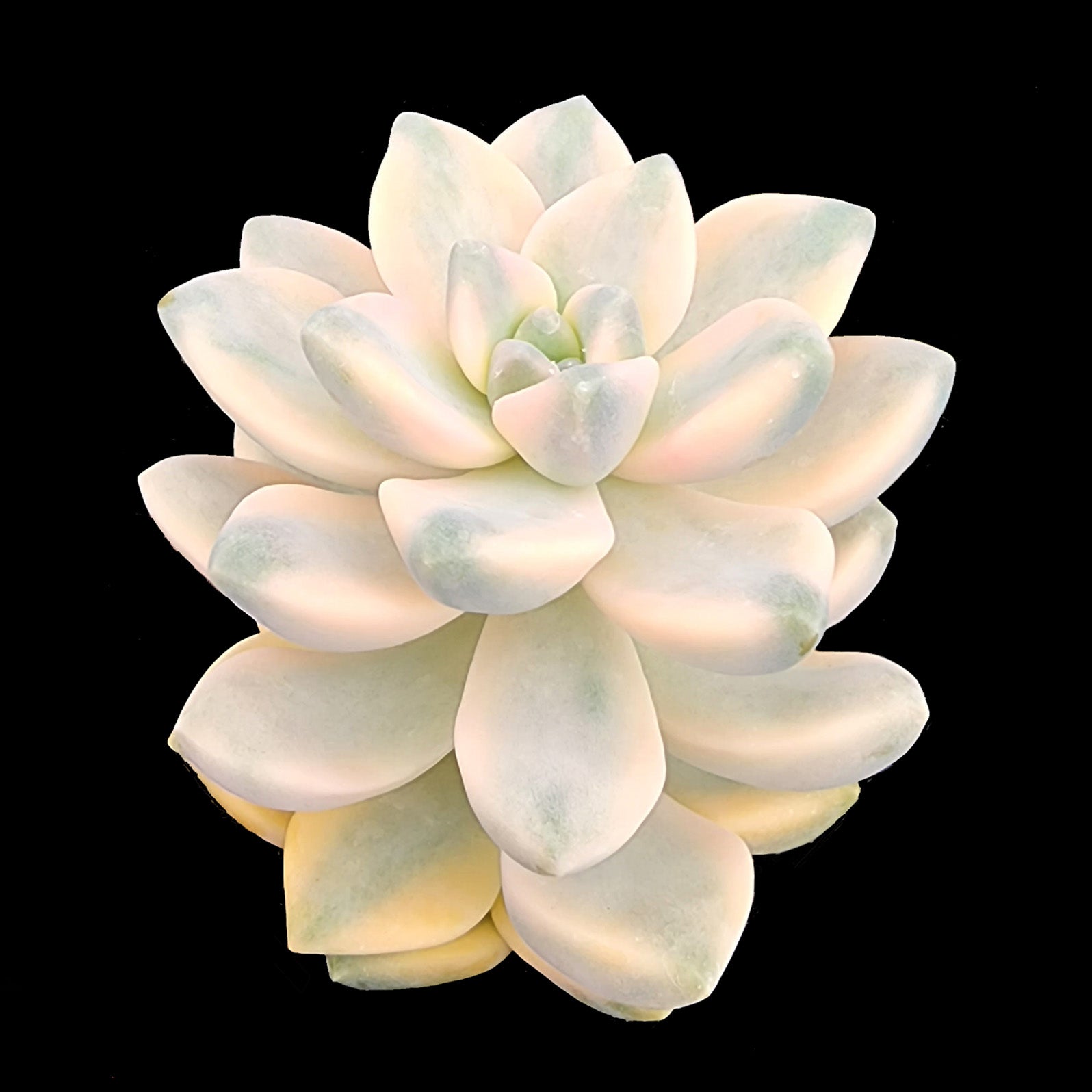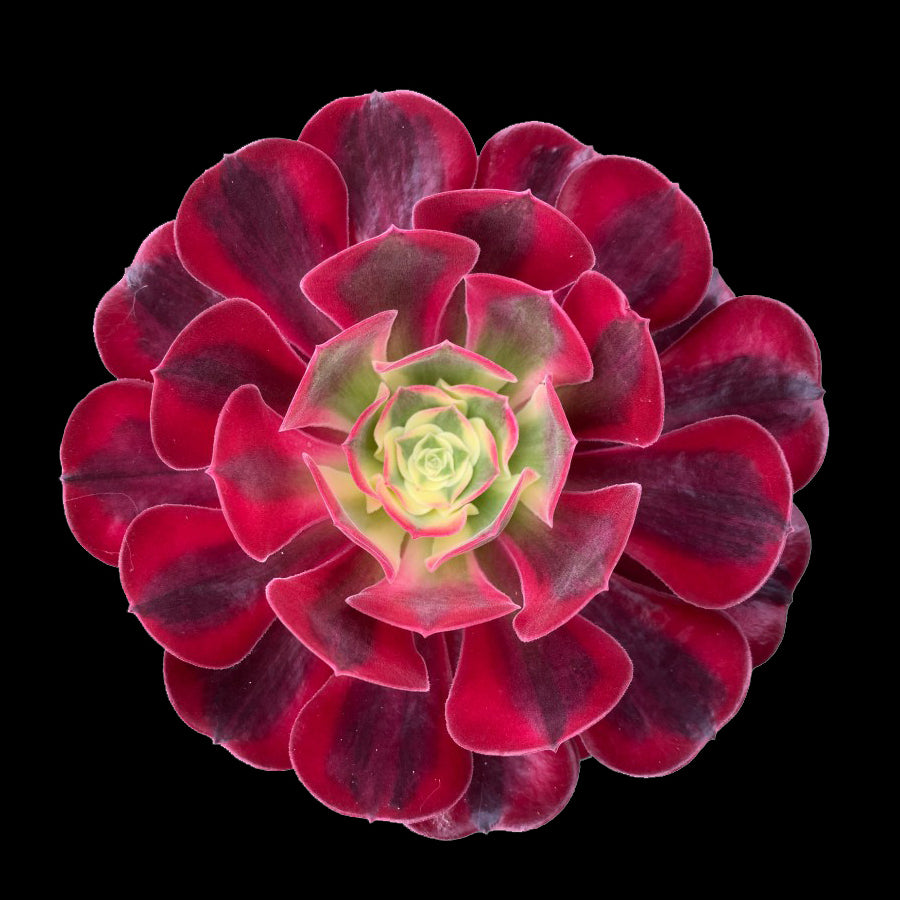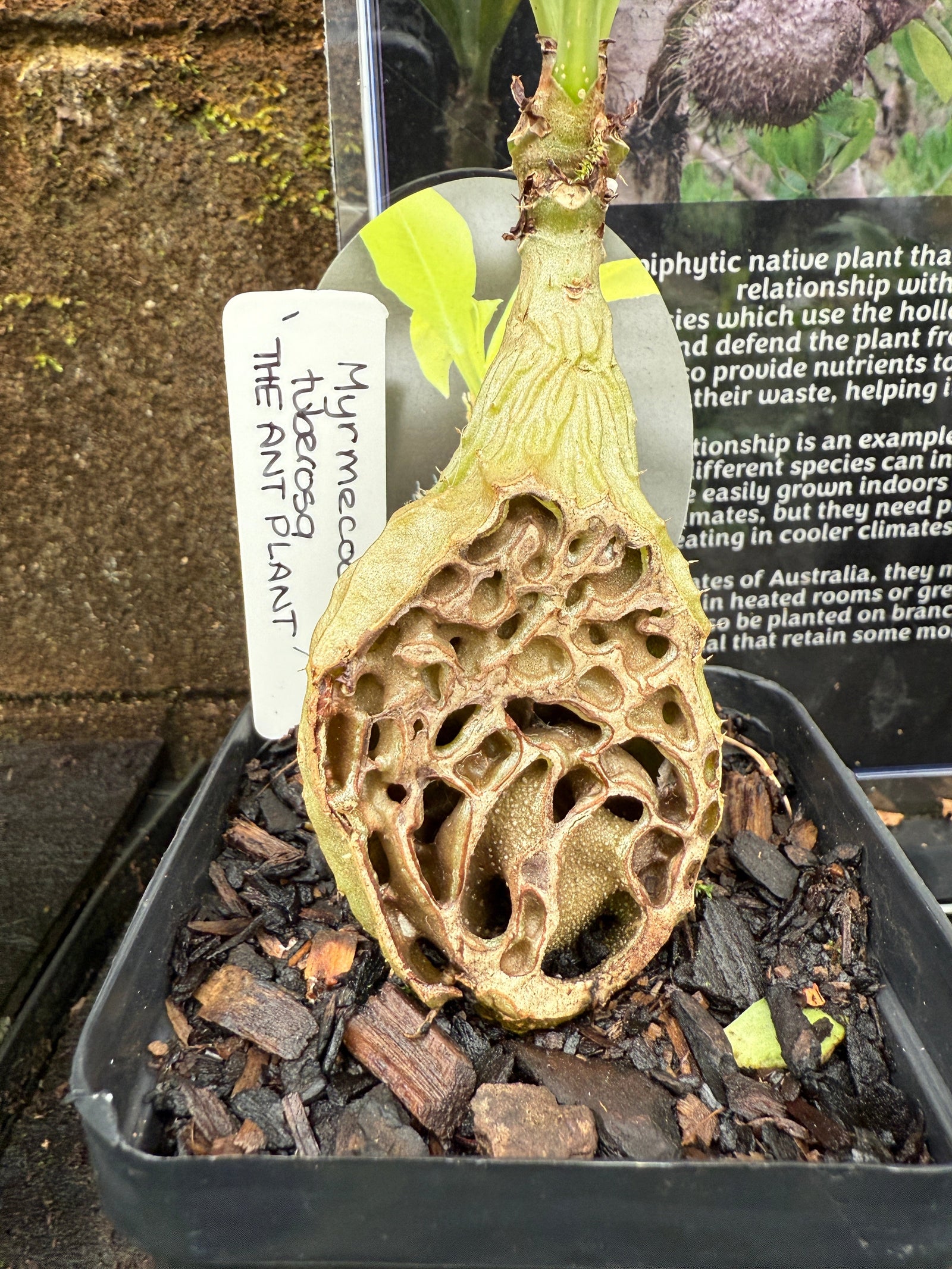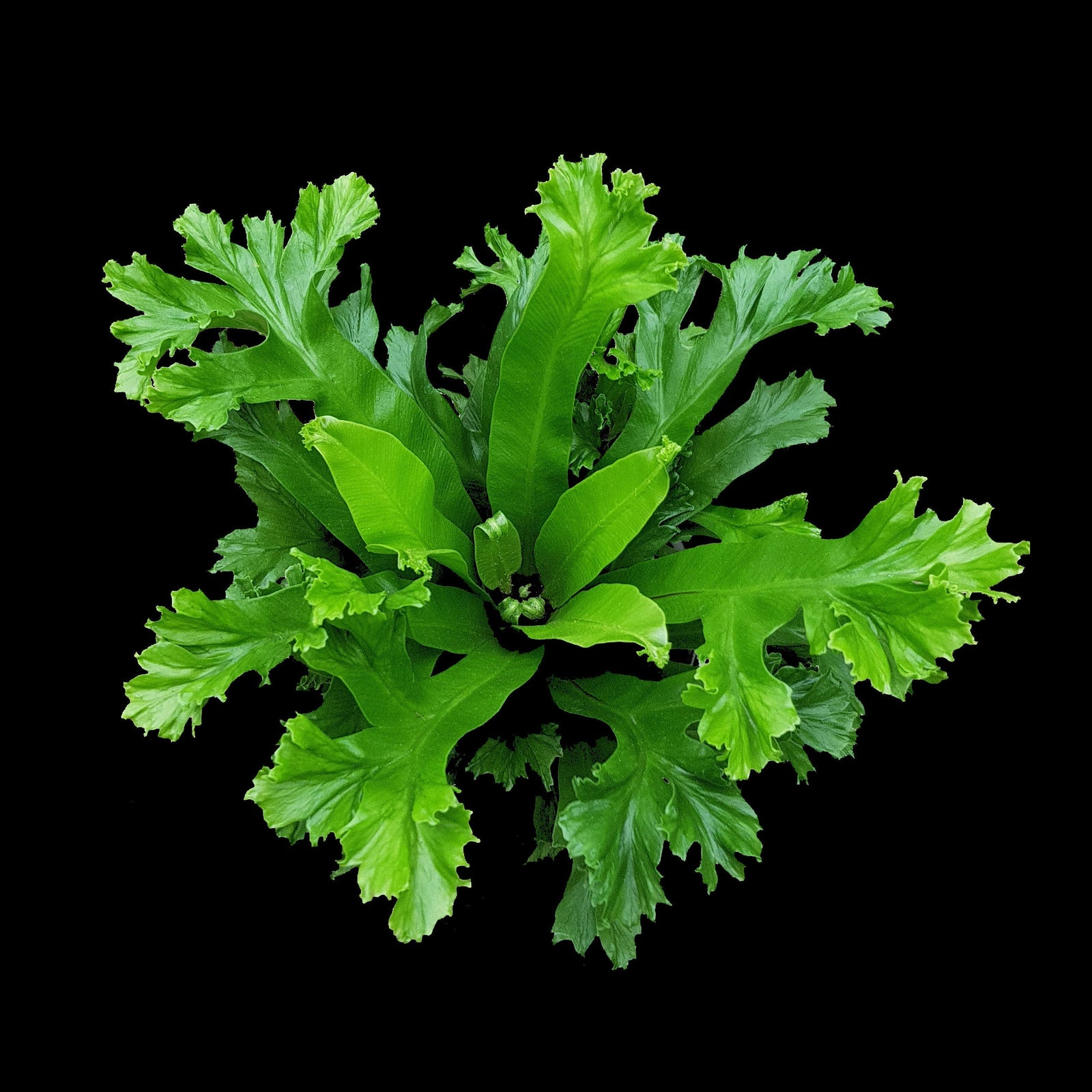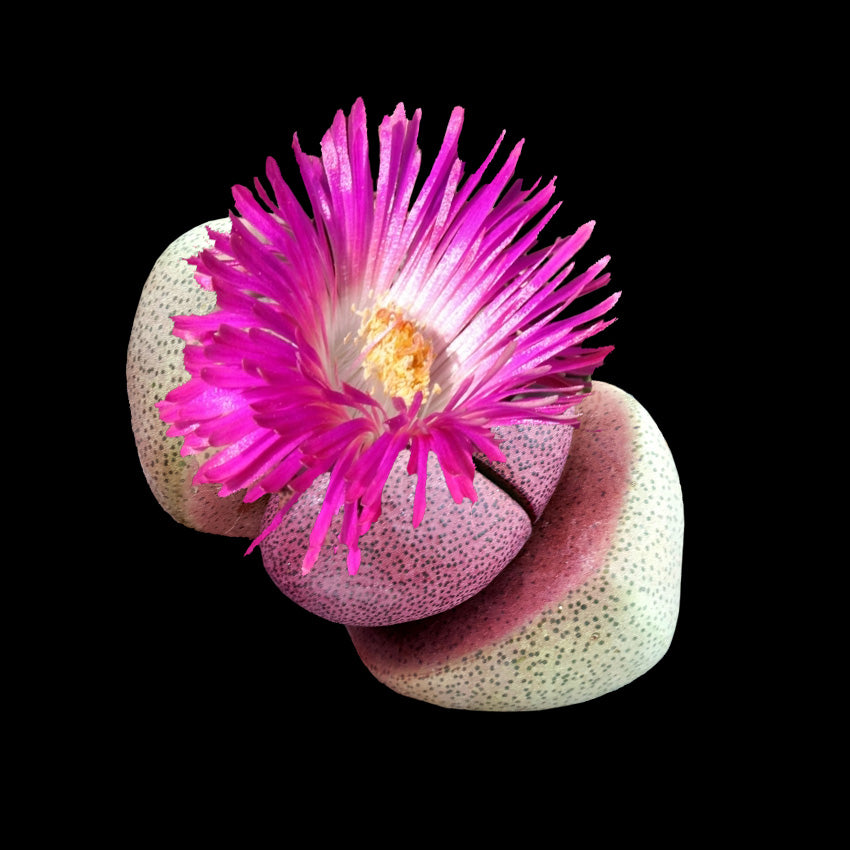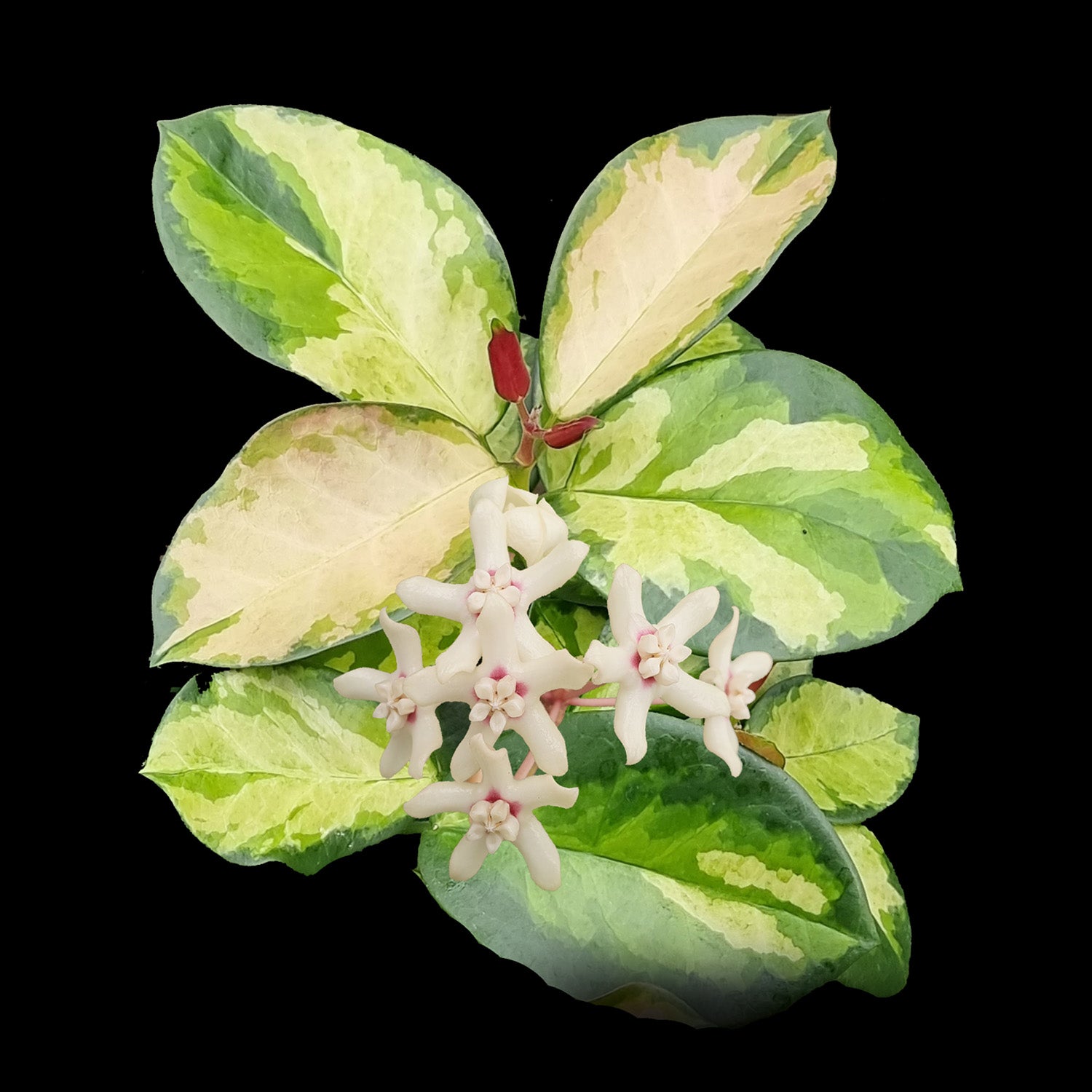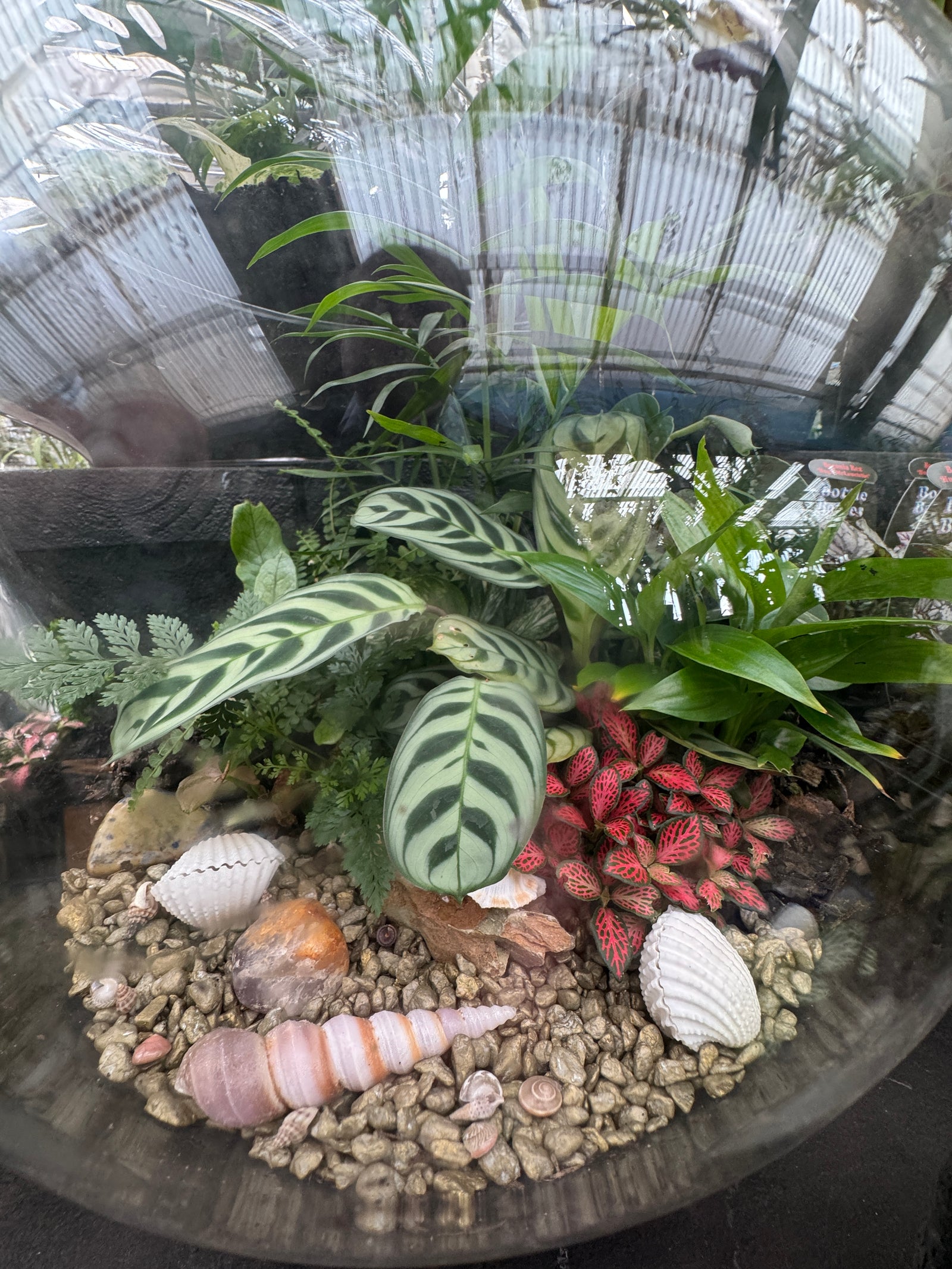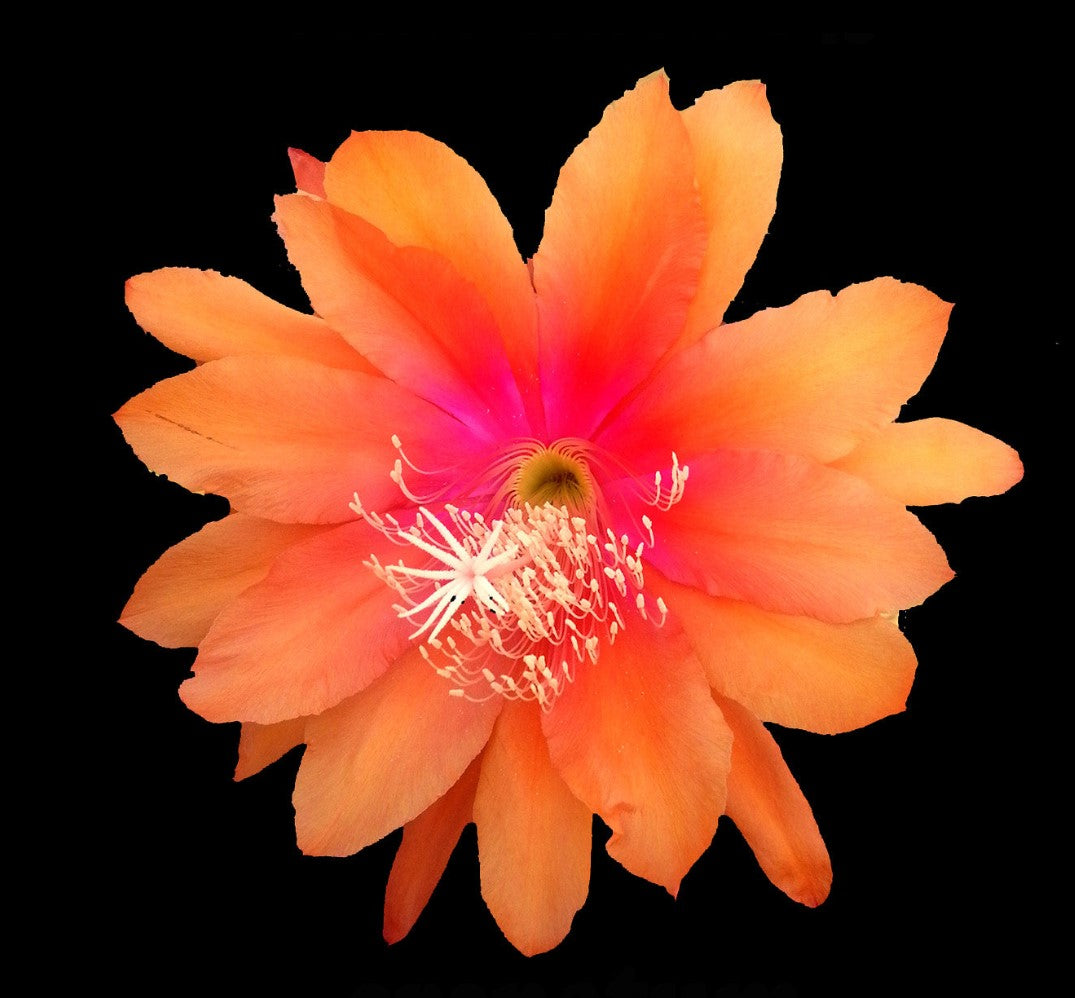Cattleya’s “The King of Orchids” Cattleya are without a doubt one of the most spectacular Orchids and are rated as one of the wonders of the flowering plant kingdom.
The modern Cattleyas we know today, are far removed from the original species, a number of separate Genera have been used to develop what we now call the modern day Cattleyas., Sophronites, Brassavola, Laelia, Epidendrum and Cattleya.
The resulting range of hybrids created is astounding with flowers from 1cm to 20cm across in all shapes, sizes, and varieties, that can suit a wide range of climates.
Those using Sophronites as a breeder can be grown in very cold climates and those with a high percentage of Cattleya in the hybrid can be more tropical.
A modern day Cattleya with the name of BLC Shinfong Beauty is actually a Brassovola x Laelia x Cattleya.
Most Cattleya grow well in temperate or sub tropical climates, they require winter and summer in order to grow and flower well, in extreme tropical climates they will grow and flower but not as well as a more temperate climate.
Some growers have successfully grown and flowered Cattleyas indoors if sufficient light is available.
Cattleyas are a relatively easy orchid to grow, provided basic rules are followed.
Temperature .
As a general rule, Cattleyas will grow best within the temperature range of 10 C to 30 C.
Most will tolerate a minimum of 8 C to 10 C and occasionally as low as 5 C provided they are not wet. In frost zones, this can be achieved by keeping the plants under covered areas.
Light
Filtered light with about 50% shade is required.
Avoid harsh direct sunlight.
If indoors keep close to a window and diffuse the sunlight with a curtain.
Indoor Culture
Catts will do well indoors in bright sunny positions.
The do best in bathrooms, kitchens or areas not exposed to heating ducts, these tend to dry out the plant.
Keeping plants on pebbles in a tray of water will assist with humidity. Areas with less than 25% direct sunlight may product few if any flowers.
Potting Medium
Plants can be grown in an open mix of 8 – 18mm bark with a weekly watering in winter, and more often as new growth occurs.
Green tips on the roots and new growth indicate the need for increased watering and fertilizing.
Cattleyas can be grown in sphagnum moss packed tightly. In this case, soak in water about once a week, less in colder weather, and only use ¼ strength liquid fertilizer once a month.
Repotting should then be done every two years.
Once the pot is full of stems or the pot is too small, the plant can be removed from the pot and placed into a larger pot with a new potting mix. If the plant is to hard to remove from the pot you can plant the old pot inside the new pot.
Plants can be divided at this time, make sure at least 2 older stems remain with a newer stem otherwise it may take too long to reflower the plant.
Old roots may be removed if they appear soft or brown, newer roots are best left on the plant.
The best time for repotting or division is just after flowering and before new growth appears for the season.
Fertilizer
Ideally, Cattleyas like to receive small amounts of fertilizer regularly.
Avoid using the fertilizer at more than ½ the recommended strength.
Peter’s Excel, Campbell’s Yellow, or Manutec orchid fertilizer are all suitable. Fertilize during the growing period – learn to look for new growth appearing, this starts in September.








Flowers
Flowers occur on the new growth, the buds first appear in a sheath. Occasionally, it may be necessary to carefully assist the sheath to open.
An excess of humidity or water around the buds should be avoided.
Pests & Diseases Catts do not have many pests, the most common is scale or mealy bug, these are easily removed with a soap wash or any insecticide. Scale may damage new shoots or root tips as well as flowers.
































